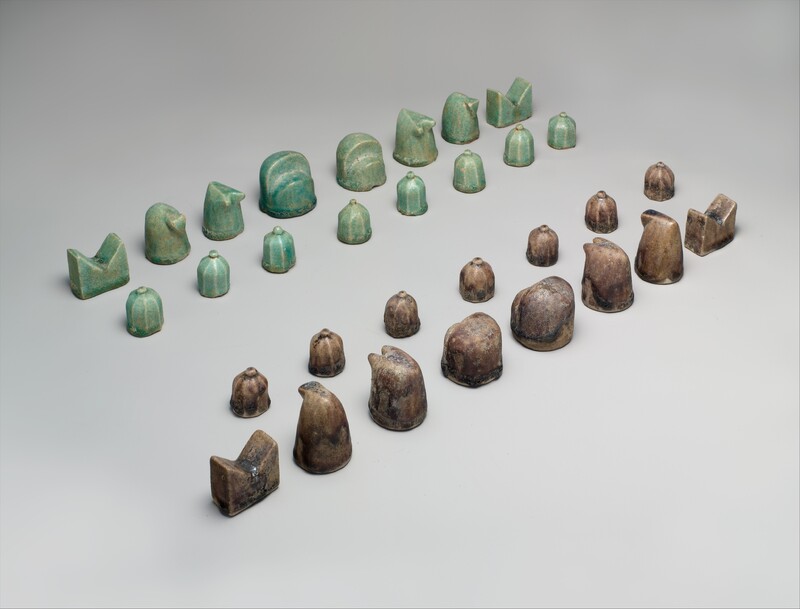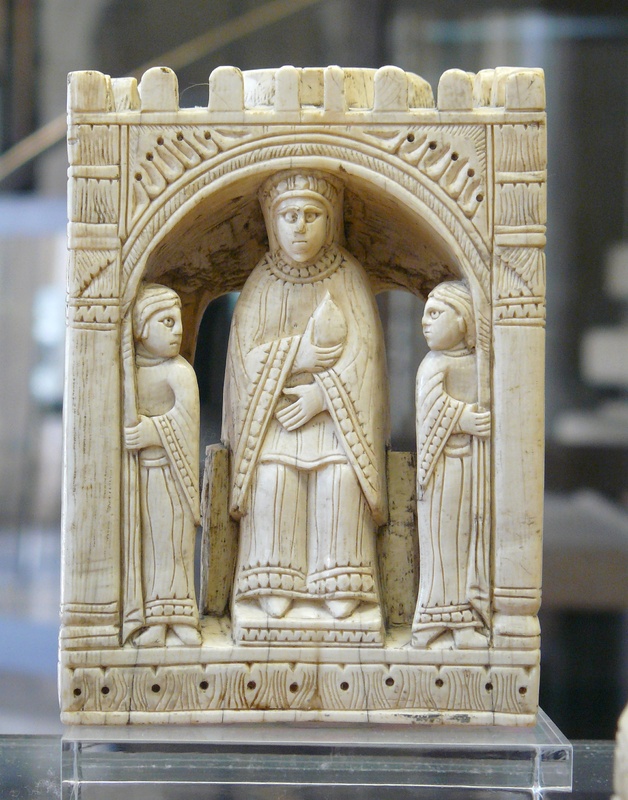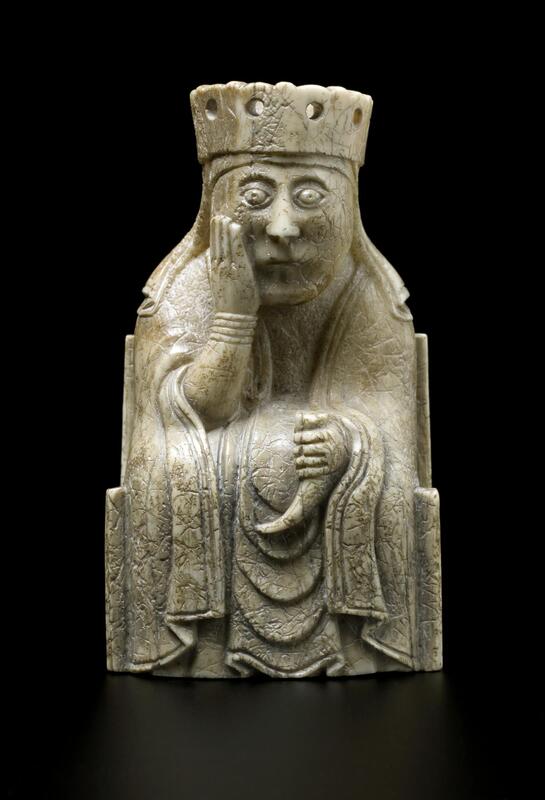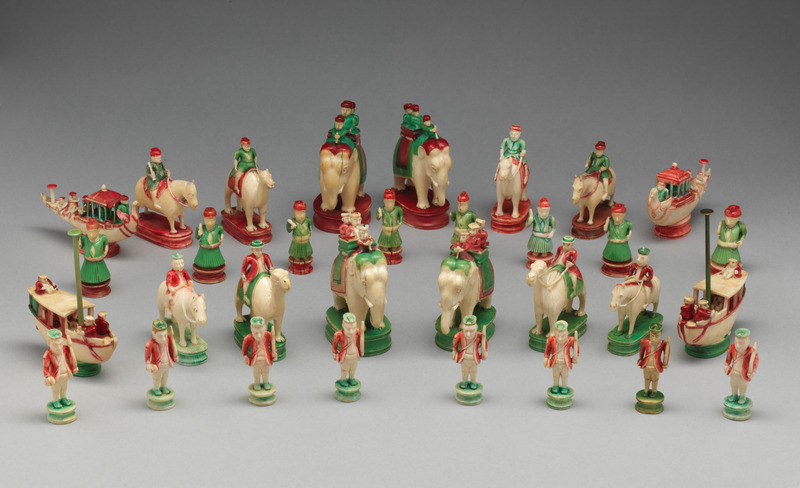Styles & Influences
The most substantial stylistic bifurcation which can be made of chess artifacts is that between representational, or figurative, chessmen, and abstract chessmen. Artifact examples of abstract chessmen come primarily from Muslim cultures, in which the artistic representation of living figures was historically regulated by religious law. This aniconism was a pressing matter for the earliest Muslim interpretations of chess: when the Rashidun caliph Ali came across men playing shatranj in Persia, his immediate concern was with their use of graven images. It is with such prohibitions in mind that artisans developed a tradition of abstract chessmen such as those below.
Interestingly, the role of women in the legendary histories of the game begins long before the appearance of the queen piece. In an origin tale recorded in both India and Persia, it is said that the game was developed to explain the tragedies of war to a grieving mother and queen. Much later, in the legend of “Dilaram’s Problem”, a puzzling position is solved by the wife of a player, saving herself from being the game’s prize. It was not until the introduction of chess into Europe that the vizier piece slowly became the queen. The queens shown below are from two of Europe’s earliest surviving sets.
Chess sets often take quite direct inspiration from contemporary events and conflicts. Representational chessmen in the form of contemporary armies are narratively limited, as they are necessarily bound by the game to be near-equals, with near-equal chances of victory and defeat. Whatever the perspective and allegiance of the artist is, he has no say in the outcome that will be displayed. Just as the logic and rules of the game allow one to consider and represent the strategy of a conflict, the art of the game may allow one to contemplate that conflict’s peoples and lived histories. It may also serve as a template for hostile or racist propaganda, the chess game being a format in which the enmity of two parties is taken for granted.





